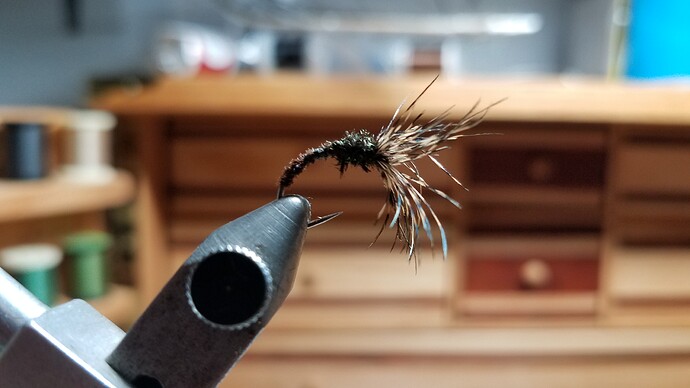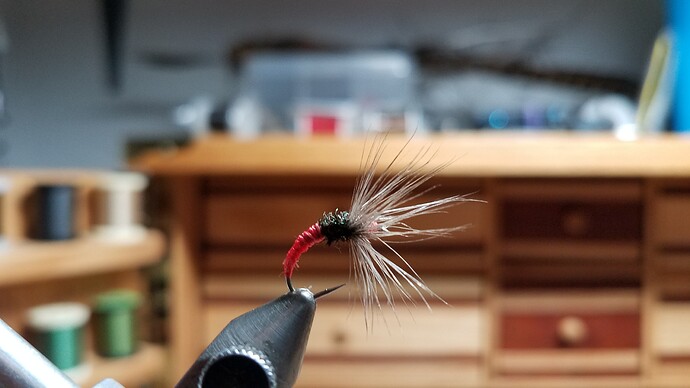Hello everyone,
I’d like to try tying and fishing one or more Japanese flies this season.
I realise that what I am about to ask is like asking how long is a piece of string, but what are the most generally acceptable colourations? Here in Australia we have Rainbow trout and Brown trout.
I’m thinking of brown body, peacock herl thorax, brown or black hackle, and then orange head.
Thoughts welcomed.
Hey Nick. That’s great to hear. I’m sometimes a little non-traditional in what I do and recommend. So I would encourage you to find what is best for you.
When encouraging people to try something new in either fly tying or fishing, I like to recommend for people to start with what they like. What colors or materials do you like tying with our fishing? How do you like fishing? Do you like top water? Subsurface? Or fishing deep? While you may have trout species that are now common throughout the world, your seasons and habitat and insect species may cause the trout to prefer different food sources than say where I live in the North Eastern part of the US.
There are many kebari styles that you can interchange materials to make something work with what you have to hand. You can find ideas on many websites, including great things people have posted here. I think when we fish with flies/kebari that we feel confident in, we do better and we want to try new things.
Personally, I love peacock herl and always have and find most species of trout here in the US respond really well to it. Back when I only did Western style fly fishing, the peacock and partridge was one of my favorite flies. Once I started tenkara, I learned that it wasn’t too dissimilar to some kebari. So that was an easy switch for me because I already had confidence in that pattern.
The fly/kebari you describe here is very similar to one that I use and have great success with. Mine is only slightly different than yours, but that’s because it was what I personally felt comfortable using. This spring, I used one almost identical to what your describe for the first time. The only difference was that I used a red head instead of orange. That’s only because I know that where I fish, I’ve had better success with red than orange. Maybe you’ll do better with orange.
Another favorite for me is the following;
Black thread body
Peacock herl thorax
Starling hackle (tied sakasa style)
A third is:
Peacock herl body
Black cock hackle
Red thread for a head
That’s three of my favorite kebari patterns that are also very similar to Western patterns and might give you some confidence. I hope this helps and encourages you.
You are thinking like a tenkara fisher.
Most things that trout eat are about a half inch long and brown. Bright colors like red or orange get their attention and appeals to their aggressive nature.
Use your colors, you did it yourself and you are off to a good start.
Do this on your own Nick.
Confidence in your choices are huge. Learn to trust yourself otherwise you are going to be dependent on others.
Your suggestion is good.
No Browns in the waters near me in the Pacific Northwest USA but I’ve caught a great many of native wild Coastal Cutthroat and wild Rainbow Trout on these Takayama variants. I’m using Grizzly neck hackle on both of these now.
Grizzly hackle, Pheasant Tail body (optional fine copper wire for durability), Peacock Herl Thorax.
Grizzly neck hackle, Red thread body (optional coated with clear glitter nail polish for more durability and flash), Peacock herl (or Olive Ice Dubbing) thorax.
They’re eating them up!
I highly recommend the book: How to fool fish with simple flies by Discover Tenkara.
It gives great insight on why materials are chosen to fit specific techniques and fishing conditions. The ebook version is like $8 and well worth it.
Use the book to learn it on your own.
It’s a good suggestion.

